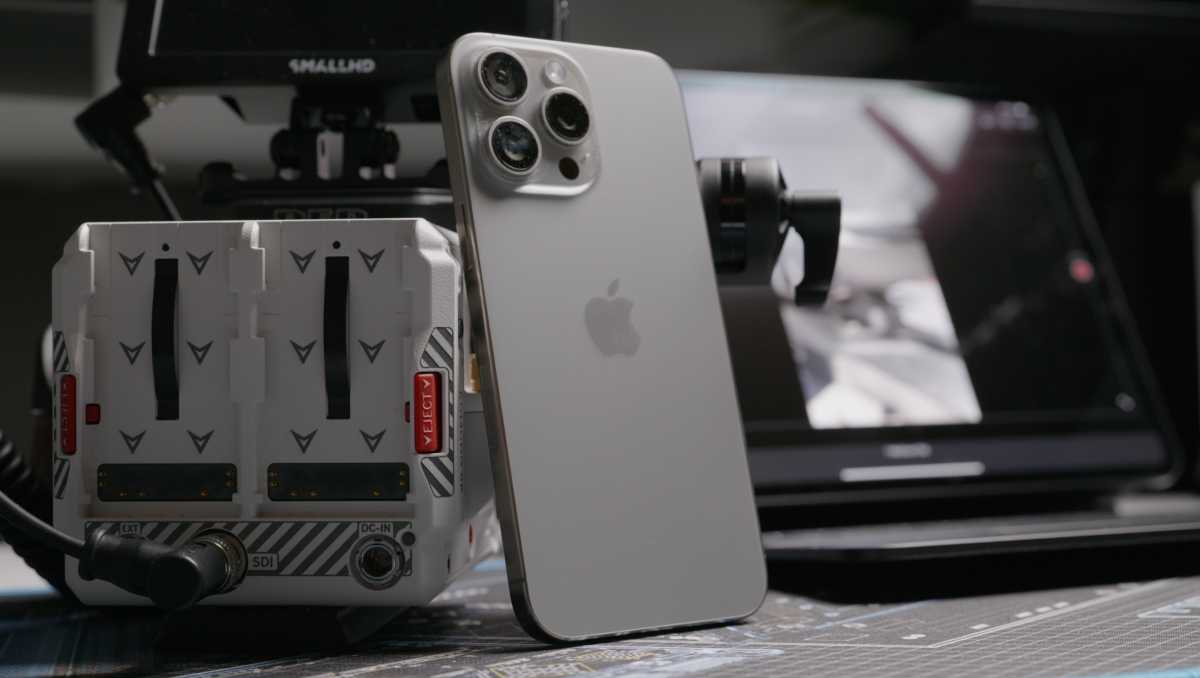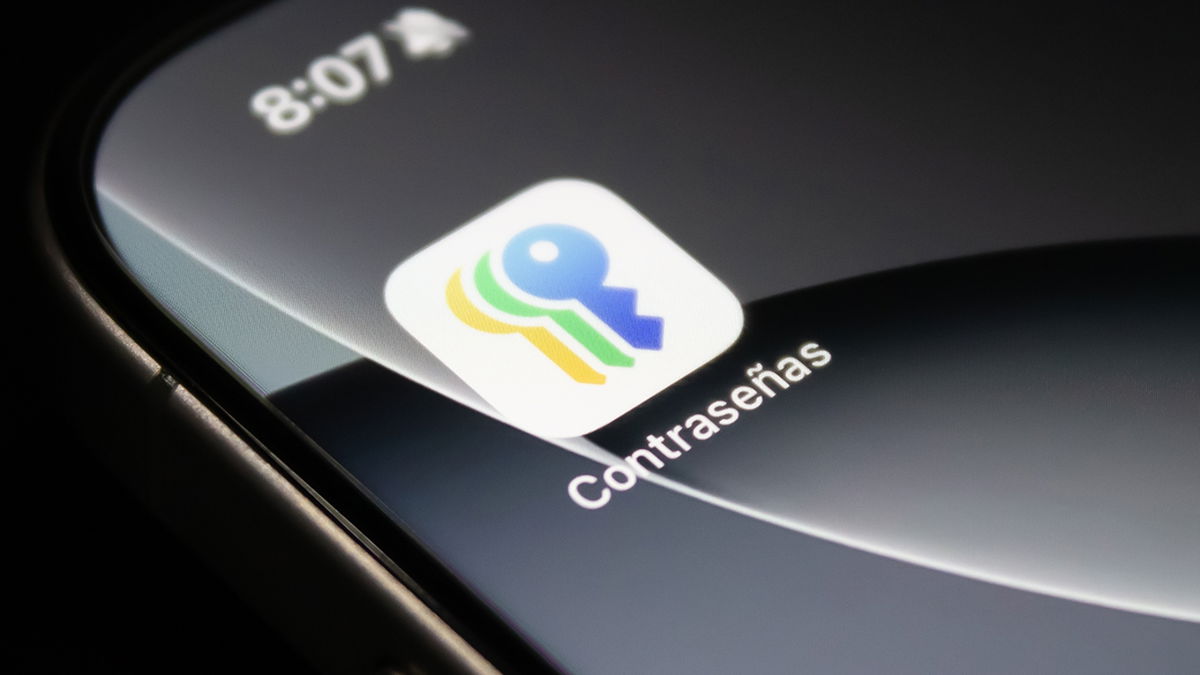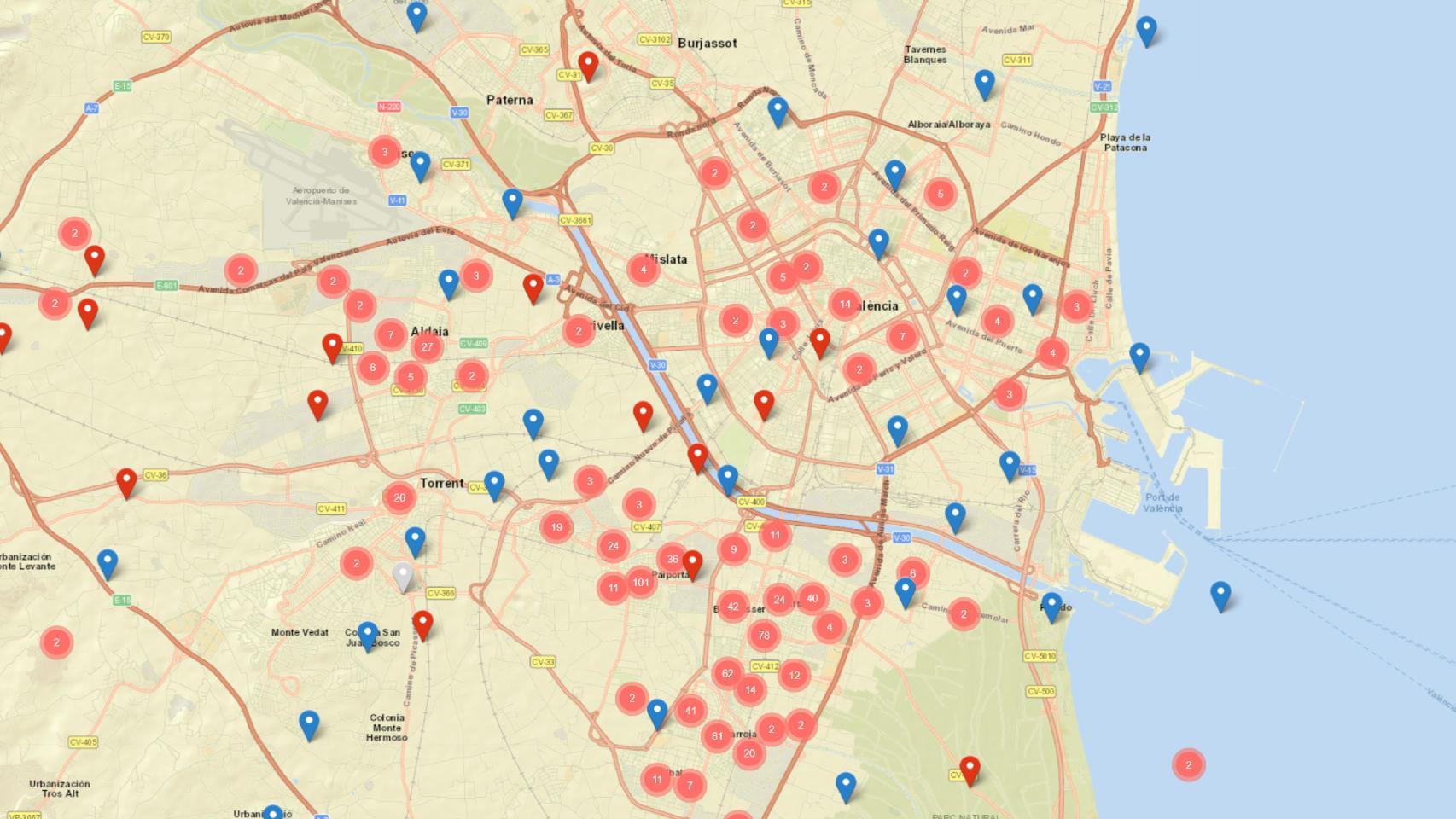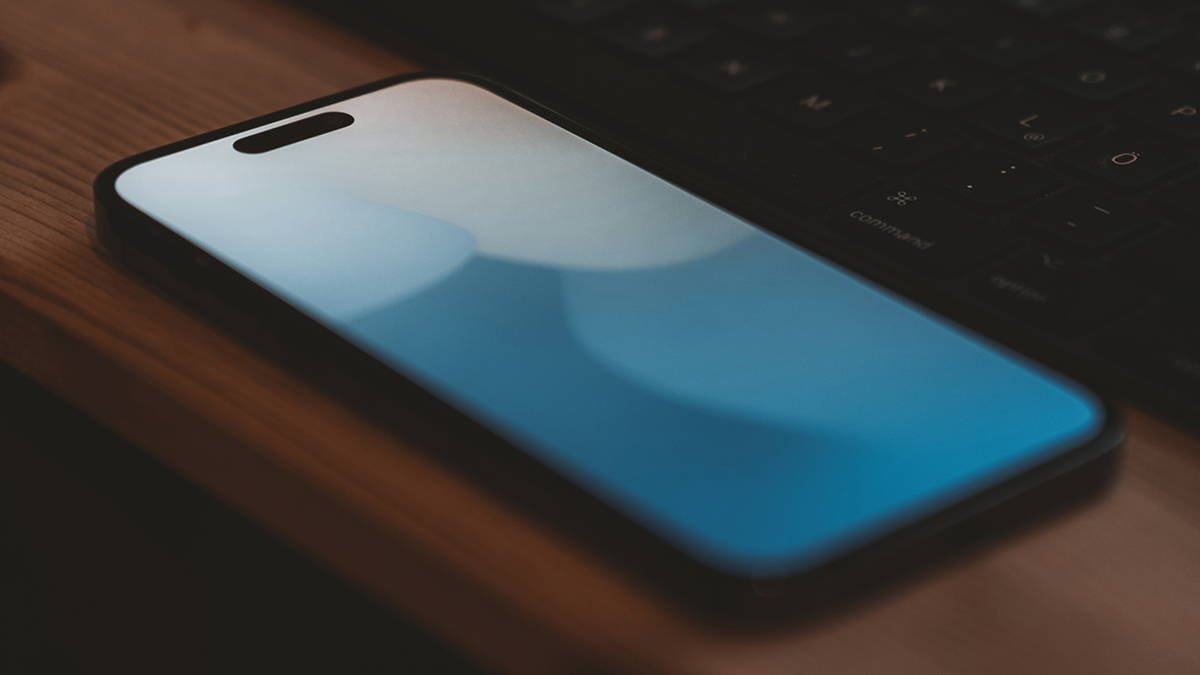iPhones have long been the go-to camera for most users because they produce exceptional shots and are always within reach. Apple also encourages iOS users to capture and share their special moments by actively showcasing their best photos on its Instagram page. While existing models already feature very capable hardware, Apple could yet again change the game for mobile photography with the iPhone 16 series.
Here are some of the reasons why the iPhone 16 can once again make #ShotoniPhone a major event.
Capture button
One of the most notable additions expected to arrive on the iPhone 16 series is an all-new Capture button. Rumor has it that users will be able to gently press this capacitive button to trigger autofocus, press all the way to take a photo, and swipe on it to zoom in and out. These different button actions will be accessible to developers via an API so they can assign different presses or swipes to their desired function, with users being able to choose which photography app opens when the Capture button is first pressed.
Personally, I’ve been using the Action button on my iPhone 15 Pro Max as a camera shortcut since day one. A single press launches the Camera app, and subsequent presses take photos. While I generally like the Action button and the functionality it’s given, there are a few annoyances that the upcoming Capture button could fix.
For starters, I often shoot in landscape orientation, which puts the Action button in an awkward position. The Capture button should solve this problem, as it would seemingly be on the opposite edge of the camera. This would make interacting with it more intuitive, as the index finger would naturally rest there.
The other issue I face when using the Action button as a camera shortcut is the stiffness of the button itself. By design, compared to the volume buttons, you have to apply more pressure to the Action button for it to register your press. Pressing too hard often causes my iPhone to shake, ruining precisely framed shots. I’d like to believe that the engineers at Apple working on the Capture button are aware of these issues and will make the Camera button more pressure-sensitive.
However it works, I’m glad to have a dedicated button for camera-related actions beyond just taking a photo. Its support for swipe gestures and multiple pressure-based inputs should be a game-changer over the simpler Action button.
Sharper ultra-wide camera
The iPhone 14 Pro models have upgraded the resolution of the main camera sensor to 48MP. This helps with image quality even when a user has opted for a 12MP output. Using pixel binning technology, the iPhone merges data from four pixels into one, resulting in higher quality photos, especially in low-light settings.
With the iPhone 16 Pro models, Apple is expected to give the ultra-wide lens a similar treatment. For those unaware, the ultra-wide lens primarily handles photos taken at 0.5x zoom. By increasing the lens’ resolution to 48MP, these particular photos should appear clearer.
While both iPhone 16 Pro models are expected to feature 48MP ultra-wide lenses, Apple could include an upgraded variant of this lens in the Pro Max phone. The exclusive lens is said to feature a stacked design, contributing to superior performance, dynamic range, and noise control.
Tetraprism lens on both Pro models
Last year, the iPhone 15 Pro Max launched with a proprietary tetraprism lens that enabled 5x optical zoom and 25x digital zoom. Rumors now suggest that Apple will offer it on the full-size Pro model this year, increasing its telephoto lens from 3x to 5x.
Similarly, Apple could introduce a super periscope lens exclusively on the iPhone 16 Pro Max this fall. If this rumor turns out to be true, the larger flagship should get a wider zoom range and extend the optical zoom beyond 5x.
I sincerely hope we see the super periscope lens this year, as the iPhone 15 Pro Max’s zoom is still a bit lacking. Sure, it’s improved significantly over its predecessors. There’s still a lot of room for improvement, especially when compared to some other competing phones.
Space video recording for everyone
The camera upgrades on the non-Pro iPhone 16s could be limited to a new Capture button and a slightly improved Ultra Wide camera that supports macro shots. However, Apple could be bringing an iPhone 15 Pro exclusive to the regular 16s next month. Based on the iPhone 16 and 16 Plus dummy units, it looks like the company is going back to vertically aligned rear cameras. This should allow low-end iPhones to shoot space videos for the first time. Given the unpopularity of the Apple Vision Pro, it might not be the most appealing new camera feature, but it’s certainly a welcome and nice-to-have addition.

Thiago Trevisan/Foundry
Revamped Photos app
This year’s camera updates may not be limited to new hardware. With iOS 18, Apple completely overhauled the Photos app, making it modular and highly customizable. While the redesigned app has received a lot of negative feedback in online corners, users can easily simplify it by removing cluttered sections they don’t need. Ultimately, the update should help iPhone photographers better manage their libraries, as it lets them fully customize the app to better fit their workflows.
Beyond the new Photos app, an iOS 18 update coming later this year will introduce a new cleanup feature. With this upcoming addition, users will be able to remove unwanted items from their photos without resorting to third-party software.
A similar editing tool has been around for a long time on macOS. However, it’s not as advanced as its successor Clean Up that Apple previewed at WWDC24. But more importantly, it’s coming to iPhones for the first time, making it easier to edit photos on the go.
A helping hand from Apple Intelligence
Almost every WWDC, Apple intentionally hides some upcoming features of the operating system and instead reveals them at its fall event. This year should be no different, and I suspect the iPhone 16 will offer exclusive Apple Intelligence features powered by the upcoming A18 Pro chip.
To be honest, I don’t see Apple coming up with AI photo effects as crazy as those on Google’s Pixel, as the company generally tends to stick to mild and safe effects. Asking AI to completely reimagine the settings of a photo doesn’t seem very Apple to me, but I could be wrong.
The company could instead rely on its Neural Engine to better identify subjects and environments and optimize their appearance and colors accordingly. For example, even the latest iPhones continue to suffer from lens flare, especially when shooting at night. Apple could reasonably rely on AI to mask these flaws if it can’t fix them with hardware.
Entering a new era #ShotoniPhone
It’s no secret that Apple has been upgrading its iPhone cameras and features lately. Most recently, the company introduced the Final Cut Camera app, which brings video recording tools to power users on the iPhone. Meanwhile, the built-in Camera app has supported RAW photography for a few years now.
With the iPhone 16, Apple could push mobile photography even further. A dedicated Capture button, an improved ultra-wide lens on the Pro models, a super periscope lens on the top-end variant, and potential undisclosed Apple Intelligence features focused on images could demonstrate more clearly than ever the company’s confidence in the iPhone’s photography capabilities.
The iPhone 16 is the next iPhone to arrive on September 9, followed in 2025 by the iPhone 17 and iPhone SE 4. The new iPhone will arrive at the Glowtime event on September 9. Find out how to watch the live stream of Apple’s September event. For the iPhone SE 4 and other new Apple products, find out when the next Apple event is. You may also like our iPhone buying guide, the best iPhone deals, and how to compare every iPhone available to buy today.
Table of Contents









